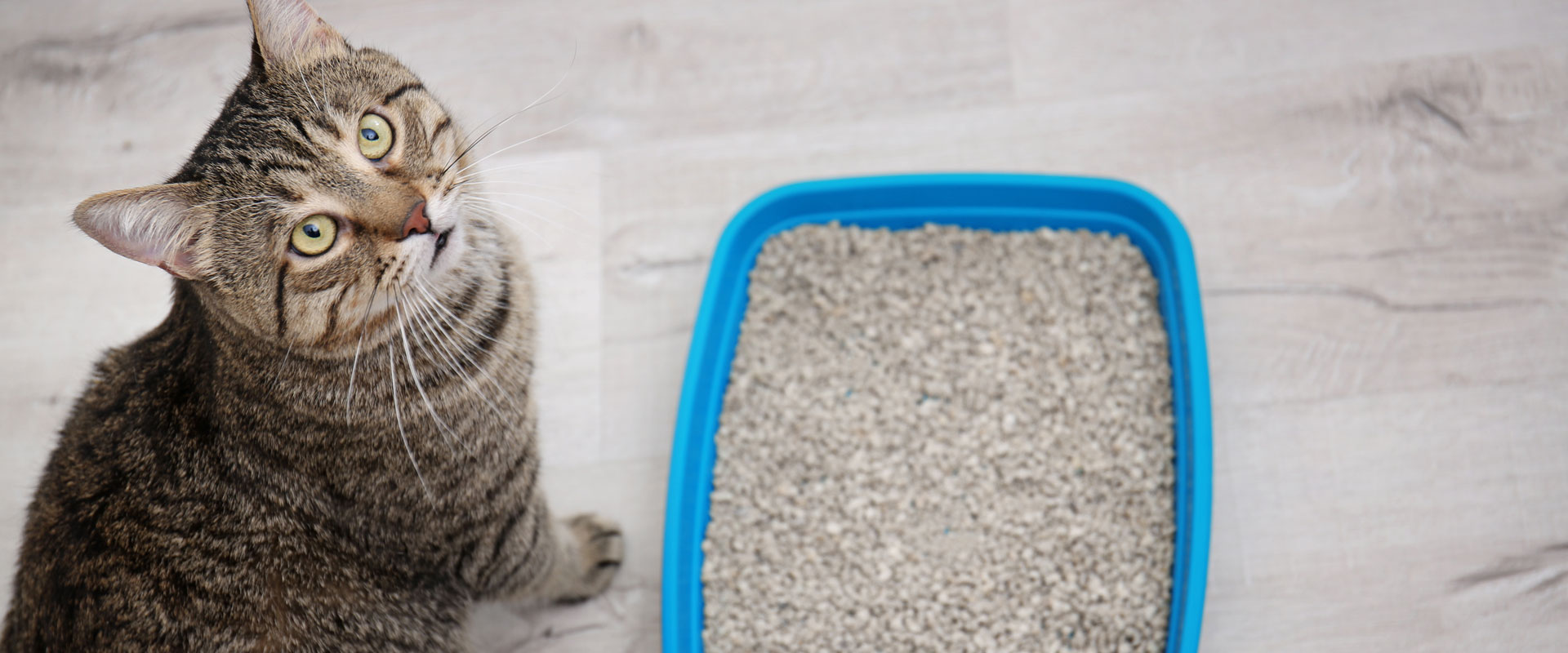Litter Box Troubles? Understanding Feline Urinary Disease
Litter Box Troubles? Understanding Feline Urinary Disease
When a cat has trouble using the litter box, it’s not only frustrating for humans, but also for the cat. Whether urinating outside the litter box or struggling to go at all, incontinence in cats is almost always a sign of a health concern and should be addressed right away.
Reasons Why Your Cat Might Experience Problems in the Box
One common reason why cats avoid or have trouble using a litter box is stress. Whether their routine has been disrupted, they’re living in a multi-cat household, or they’re afraid of something in the vicinity of their litter box (such as other cats or a washing machine), stress will keep them from going where they’re supposed to. If you suspect this is the case with your cat, we recommend providing multiple litter boxes for multi-cat households and being sure your cat’s litter box options are located in safe, quiet places.
If your cat is having problems using the litter box, this could also indicate a health concern related to the bladder or urinary tract.
Urinary Health Problems That Could Be Affecting Your Cat
Several different urological conditions can lead to similar symptoms in cats. Feline Lower Urinary Tract Disease (FLUTD) refers to a variety of conditions that affect a cat’s bladder and urinary tract. These conditions account for up to 70% of all feline urinary tract problems. FLUTD is also sometimes called idiopathic feline urinary tract disease, feline idiopathic cystitis, and feline urological syndrome. In addition to conditions encompassed by FLUTD, bladder stones, urinary mucus, and urinary tract infections can also be responsible for litter box trouble.
Signs and Symptoms of FLUTD
In addition to urinating outside of the litter box, cats suffering from urinary tract disease can also exhibit the following symptoms:
- Urinating only a small amount
- Struggling to urinate
- Excessive vocalization in the litter box
- Prolonged or frequent litter box visits
- Excessively licking the genital area
- The presence of blood in the urine
Diagnosing and Treating FLUTD
If you notice any changes in your kitty’s litter box use or behavior, we recommend scheduling a checkup as soon as possible. Our veterinarian will examine your cat and likely order a urinalysis and blood test to assist with diagnosis. If these tests are inconclusive, further diagnostics such as x-rays, ultrasound, or urine cultures might be recommended.
Treatment depends on the cause of your cat’s illness and might include antibiotics or fluid therapy. You can also take steps at home to keep your pet going comfortably. We recommend feeding your cat a diet that contains wet food or adding water or broth to dry food. You can also introduce additional water sources, such as a fountain-style water bowl and ice chip treats that will help keep your cat’s plumbing in proper order with adequate hydration.
To schedule a house-call appointment, contact Capital Home Veterinary Care today.

